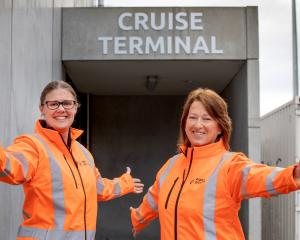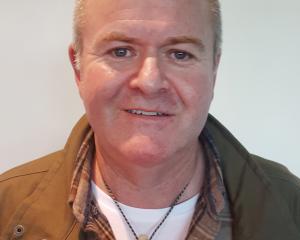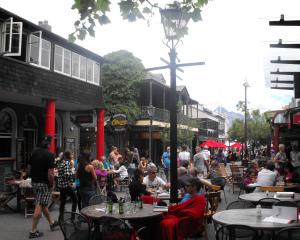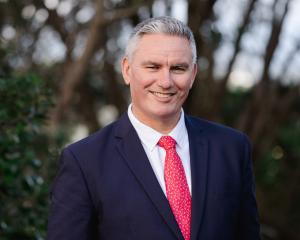Mr Inder (66) is leaving the centre in March after eight years, to work for Maniototo Curling International, managing its Naseby indoor curling rink, making what has been a four decade-long hobby his job.
He also serves on the New Zealand Curling Council and his first job when he moved to Dunedin was managing the old Dunedin ice rink.
"Both Wendy and I come from the Maniototo originally and we've had a holiday home there for the last half dozen years, so it all seemed to come together as I was looking for a change in direction."
It would enable the Otago Peninsula Trust, which runs the centre, to look for a fresh approach, he said.
"Sometimes, it's been frustrating, but by and large there have been excellent people to work with and the board has been very supportive of initiatives."
During his time at the colony, the observatory had undergone a re-development, with input of staff to determine exactly what the tourists wanted.
"It was most satisfying."
That sort of project meant working within the bureaucratic and cultural constraints of the historic site, he said.
There were seven organisations, including the Dunedin City Council, Department of Conservation and the local runanga, to consult when any plans were made.
"We've done a lot of work developing relationships and trust with those people."
The latest project was an extension of the cafe under the pergola area.
"We have to work within the building footprint to try and make better use of the available space."
Also rewarding was seeing the education programme grow to involve 50 or 60 schools a year and be formally recognised by the Ministry of Education.
The colony had also received its Qualmark certification and been a finalist and in the Otago Chamber of Commerce business awards during his time at the centre.
The type of visitor coming to the colony was changing, Mr Inder said.
When he started, tour groups were 70% of the business and independent travellers only 30%, but that had reversed.
"We've done a lot of surveying, but we're not sure why."
The change suited the colony, which because of its concession with Doc, could only take 16 to 18 people on to the reserve every half hour, he said.
There had been many special visitors to the colony but the one to bring the most unsought publicity would have to be Prince Charles, he said.
Coverage of his visit was broadcast around Europe.
When the time came to leave the centre, Mr Inder expected he would miss the drive out to Taiaroa Head every day.
"It's a pretty great place to work."





